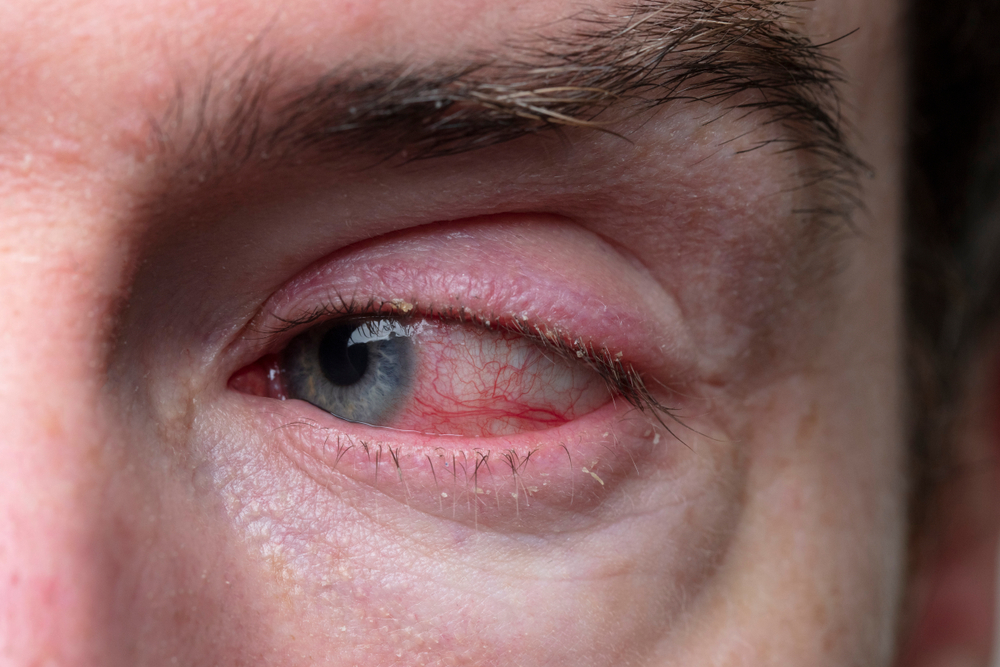
Pink eye, also known as conjunctivitis, is a common eye condition that affects many people. It is characterized by inflammation of the conjunctiva, the thin clear tissue that lines the inside of the eyelid and covers the white part of the eye. Pink eye can be caused by various factors such as viruses, bacteria, or allergies.
What is Pink Eye?
Pink eye is a condition that occurs when the conjunctiva becomes inflamed. The conjunctiva is responsible for producing mucus and tears, which help protect and lubricate the eye. When it becomes infected or irritated, it can lead to the development of pink eye. This condition can affect one or both eyes and is highly contagious.
Understanding Viral Pink Eye
Viral pink eye is highly contagious and can spread easily from person to person. It is commonly caused by adenoviruses and can be transmitted through direct or indirect contact with infected individuals.
Symptoms of viral pink eye include redness, watery discharge, itching, and sensitivity to light. In most cases, viral pink eye resolves on its own within one to two weeks without any specific treatment. However, over-the-counter artificial tears and warm compresses can provide relief for symptoms.
Bacterial Pink Eye: Causes, Symptoms, and Treatment
Bacterial pink eye is typically caused by bacteria such as Staphylococcus aureus or Streptococcus pneumoniae. It is highly contagious and can be spread through direct contact with infected individuals or contaminated surfaces.
Symptoms of bacterial pink eye include redness, a thick, yellow or green discharge, and crusting of the eyelids. Bacterial pink eye requires treatment with antibiotic eye drops or ointments prescribed by an optometrist. It is important to complete the full course of antibiotics to ensure the infection is completely eradicated.
Exploring Allergic Pink Eye
Allergic pink eye is caused by an allergic reaction to substances such as pollen, dust mites, or pet dander. It is not contagious and is commonly associated with other allergic conditions such as hay fever or asthma.
Symptoms of allergic pink eye include redness, itching, tearing, and swelling of the eyelids. Avoiding allergens and using over-the-counter antihistamine eye drops can help alleviate symptoms. In severe cases, prescription medications such as corticosteroid eye drops may be necessary.
Preventing the Spread of Pink Eye
To prevent the spread of pink eye, it is crucial to practice good hygiene. Wash your hands frequently with soap and water, especially after touching your eyes or coming into contact with infected individuals. Avoid sharing personal items such as towels, pillows, or eye makeup with others. If you or your child has pink eye, it is advisable to stay home from school or work until the symptoms improve to prevent spreading the infection to others.
While most cases of pink eye can be managed at home, it is important to consult an optometrist if you experience severe symptoms or if the condition does not improve within a week. Seek immediate medical attention if you have severe pain, blurred vision, or if your eye becomes extremely red. Additionally, if you wear contact lenses and develop pink eye, it is essential to visit an optometrist for proper diagnosis and treatment.
Navigating Pink Eye with the Help of Island Family Eye Care
Understanding the causes, symptoms, and types of pink eye is essential for proper management and prevention. Whether it is viral, bacterial, or allergic pink eye, early recognition and appropriate treatment can help alleviate symptoms and prevent complications.
If you suspect you or your child has pink eye, monitor the symptoms closely and consult with our optometrist for proper diagnosis and treatment. Visit Island Family Eye Care at our office in Grand Island, New York, or call (716) 775-2220 to schedule an appointment today.







